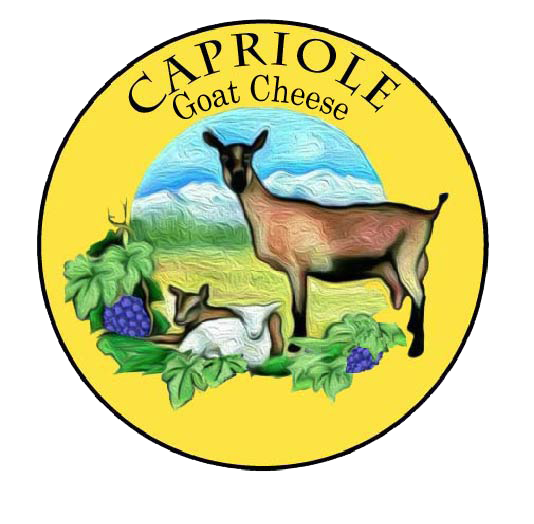Cheese 101: Vegetable Ash
Why do we use vegetable ash in our cheese? It’s not just for looks, although we do love those midnight blue details. Ash is a common ingredient in cheese, and we utilize vegetable ash for several of our cheese - Sofia, Flora, and Wabash Cannonball. There are three primary reasons why vegetable ash is used as an ingredient in our cheese- let’s break it down.
History
Science
Aesthetics
The History of Ashing Cheese
Imagine you live in 10th-century Loire Valley. Your family has a small parcel of land and a few goats to your name. That doesn’t leave much milk for cheesemaking. So what does the smart peasant do? They make what little cheese they can from that morning’s milking and top it off with a layer of ash (from local timber or grape vines) to deter flies and other insects. Then the evening milking comes around, more ash gets added to the bucket, and the cycle continues until you have enough cheese for the whole family to enjoy!
So from a historical perspective, that’s why we ash our cheese. Ashing cheese is a long-standing tradition that has stuck around for centuries.
Wabash Cannonball before ripening
The Science of Ashing Cheese
Technology has certainly advanced since the 10th century, so you might be wondering if ash has any real benefits in the cheesemaking process these days. The answer is yes! In cheesemaking, pH is highly monitored and fresh goat cheese, the base of all our ripened cheese, has a very low pH (that’s where that citrusy, lemony flavor comes from). The acidity of goat cheese can be tricky, so how do we coax the beautiful, delicate, and finicky Geotrichum rind to grow on our surface-ripened cheeses?
Wasbah Cannonball after ripening
Vegetable Ash! The thin layer of ash buffers the acidity on the surface of the cheese. This makes a happier, more neutral pH environment for the Geotrichum mold rind to thrive AND prevents other microbes from gaining a foothold on the surface of the cheese. Of course, instead of using grapevine ash from the hearth like the peasants did, we use a food-grade vegetable ash.
The Aesthetics of Ashing Cheese
Sofia
Is vegetable ash essential to creating a surface ripened goat cheese? Not necessarily, but adding ash to cheese is beautiful - just look at the ash-ripened ladies of Capriole. Ash adds visual interest to the cheese’s gorgeous wrinkles and also helps cover up any imperfections. Plus, we just love the look of our creamy white cheeses cloaked in the dark blue ash (and in Sofia’s case, her marbled interior). To summarize, vegetable ash is an aesthetically pleasing addition to cheese but isn’t purely cosmetic. It has historical context in the French tradition our cheeses emulate, but also provides benefits to the artful chemistry of growing fragile geo rinds.
Flora





